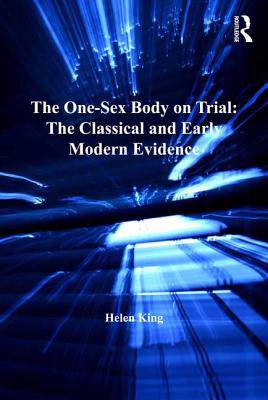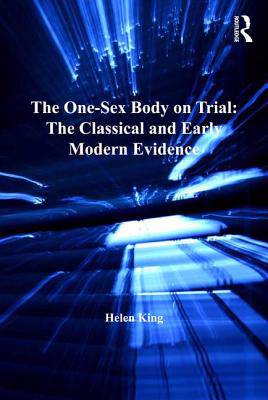
- Afhalen na 1 uur in een winkel met voorraad
- Gratis thuislevering in België vanaf € 30
- Ruim aanbod met 7 miljoen producten
- Afhalen na 1 uur in een winkel met voorraad
- Gratis thuislevering in België vanaf € 30
- Ruim aanbod met 7 miljoen producten
Zoeken
The One-Sex Body on Trial: The Classical and Early Modern Evidence
Helen King
€ 305,45
+ 610 punten
Uitvoering
Omschrijving
By far the most influential work on the history of the body, across a wide range of academic disciplines, remains that of Thomas Laqueur. This book puts on trial the one-sex/two-sex model of Laqueur's Making Sex: Body and Gender from the Greeks to Freud through a detailed exploration of the ways in which two classical stories of sexual difference were told, retold and remade from the mid-sixteenth to the nineteenth century. Agnodike, the 'first midwife' who disguises herself as a man and then exposes herself to her potential patients, and Phaethousa, who grows a beard after her husband leaves her, are stories from the ancient world that resonated in the early modern period in particular. Tracing the reception of these tales shows how they provided continuity despite considerable change in medicine, being the common property of those on different sides of professional disputes about women's roles in both medicine and midwifery. The study reveals how different genres used these stories, changing their characters and plots, but always invoking the authority of the classics in discussions of sexual identity. The study raises important questions about the nature of medical knowledge, the relationship between texts and observation, and the understanding of sexual difference in the early modern world beyond the one-sex model.
Specificaties
Betrokkenen
- Auteur(s):
- Uitgeverij:
Inhoud
- Aantal bladzijden:
- 288
- Taal:
- Engels
- Reeks:
Eigenschappen
- Productcode (EAN):
- 9781409463351
- Verschijningsdatum:
- 11/10/2013
- Uitvoering:
- Hardcover
- Formaat:
- Genaaid
- Afmetingen:
- 156 mm x 234 mm
- Gewicht:
- 580 g

Alleen bij Standaard Boekhandel
+ 610 punten op je klantenkaart van Standaard Boekhandel
Beoordelingen
We publiceren alleen reviews die voldoen aan de voorwaarden voor reviews. Bekijk onze voorwaarden voor reviews.











